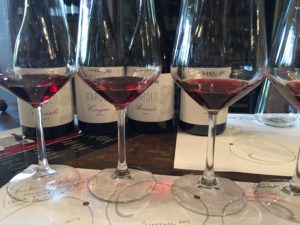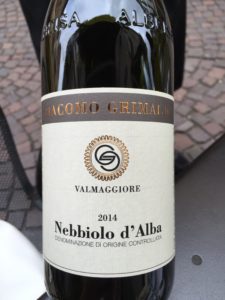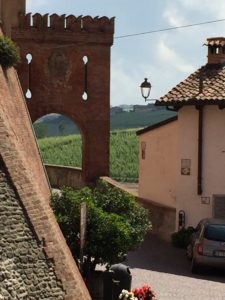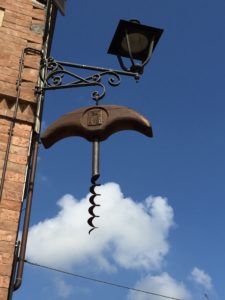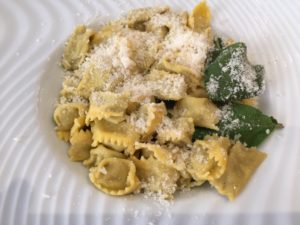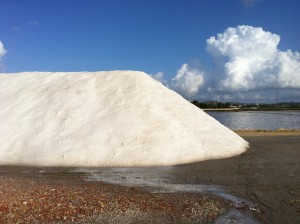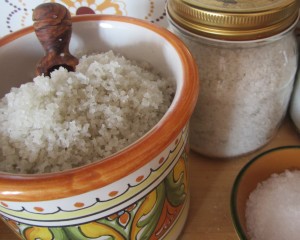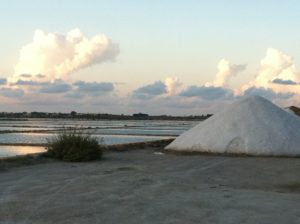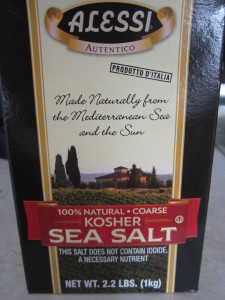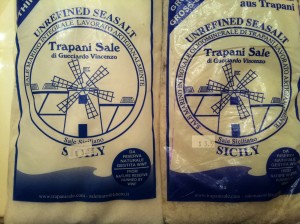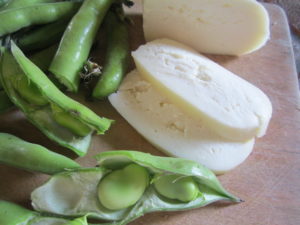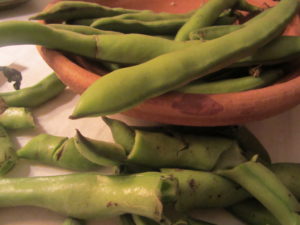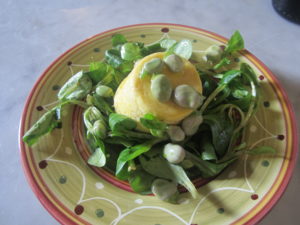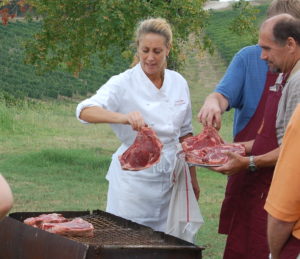 Memorial Day means filling the pool, cleaning off lawn furniture for al fresco dining and getting the barbeque or grill ready for a season of cooking outdoors. Welcome summer!
Memorial Day means filling the pool, cleaning off lawn furniture for al fresco dining and getting the barbeque or grill ready for a season of cooking outdoors. Welcome summer!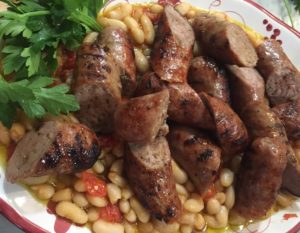
Grilling outdoors is generally a warmer seasonal activity. But in Tuscany, we grill inside as well. Show a Tuscan a fire and he’s at the ready with some meat to throw on a grill over the live coals – inside or out!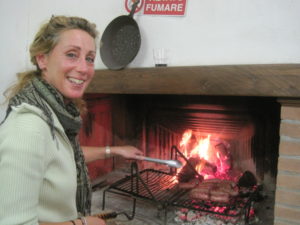
There is no comparison to the flavor that a wood or charcoal fire gives to anything you put on it. The recent article by Sam Sifton in the food section of the NYTimes attests to that. Gas may be more convenient, but nothing matches the flavor of grilling over live coals. I’m of the opinion that the reason we feel the need to use so many rubs and marinades in our gas grilling is to either to add some flavor that gas doesn’t provide or to mask the bad flavor that gas so often imparts to food.
 At my restaurant in Louisville, we only grill outdoors over live coals. Using a Weber grill, and a special grilling chimney to start the natural hardwood charcoal, I can have a fire ready in 20 minutes. Sea salt, meat and live coals is all you need. My guests frequently ask “What did you put on this meat? It’s so delicious!” Sea salt and a real fire. That’s it!
At my restaurant in Louisville, we only grill outdoors over live coals. Using a Weber grill, and a special grilling chimney to start the natural hardwood charcoal, I can have a fire ready in 20 minutes. Sea salt, meat and live coals is all you need. My guests frequently ask “What did you put on this meat? It’s so delicious!” Sea salt and a real fire. That’s it!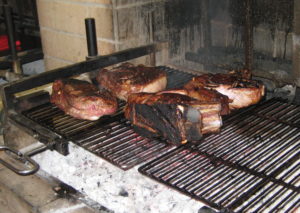
In Tuscany, any indoor fireplace means an opportunity to grill dinner. In the dead of winter, in the smallest fireplace with a fire started with a small amount of wood and allowed to burn down to a bed of coals, the portable grill with little legs come out and dinner is grilled right in the living room! Nothing is more surprising but nothing beats it!
Next up I’ll give you a few tips on grilling meat over live coals.
Buon Appetito and Happy Memorial Day!
